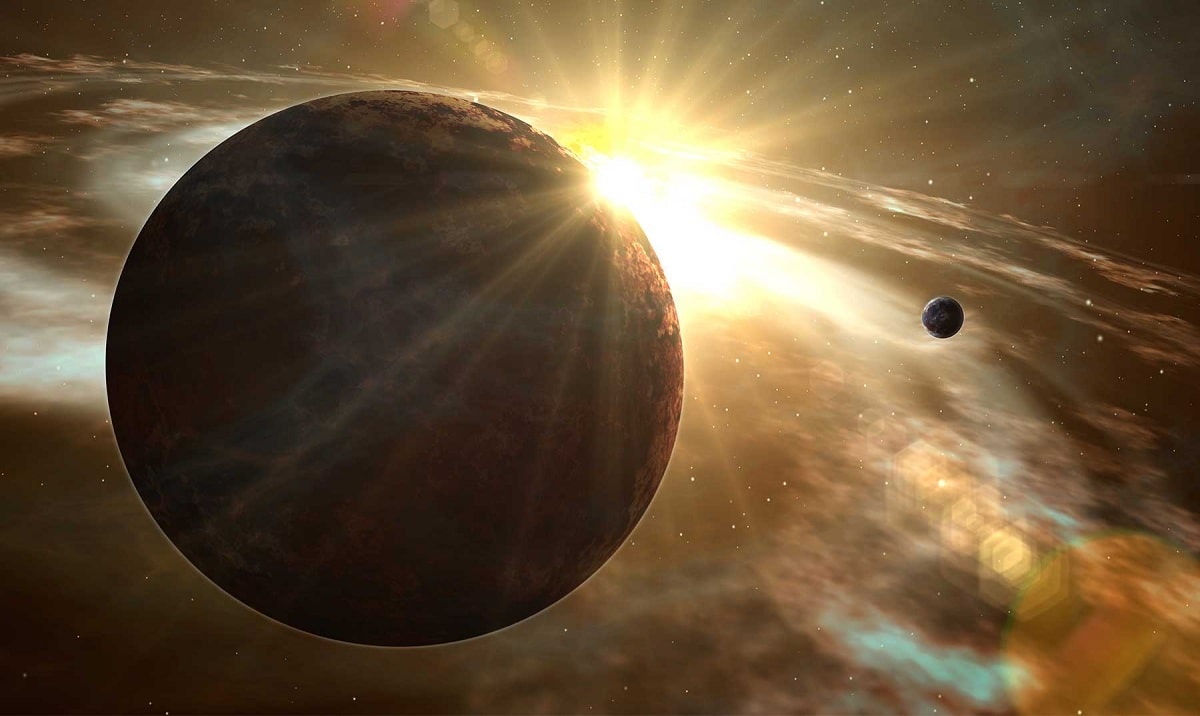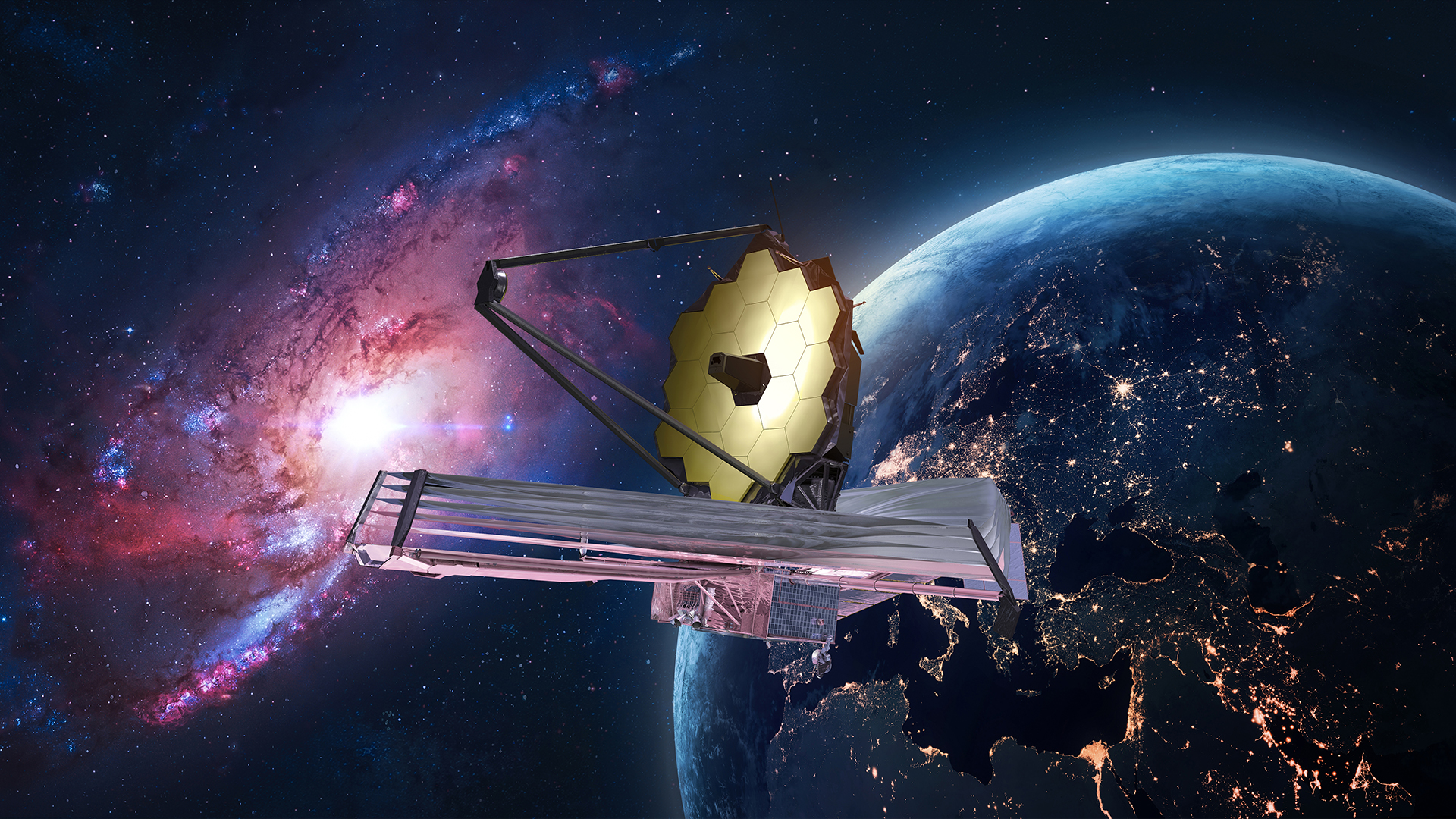Could a distant world, orbiting a star light-years away, hold signs of alien life? In 2025, exoplanets—planets beyond our Solar System—are making headlines as the James Webb Space Telescope (JWST) uncovers clues about their atmospheres, like water vapor and molecules linked to life. With over 5,500 exoplanets discovered since 1992, we’re closer than ever to answering: Are we alone? At The Astronomy Insider, we’ll explore what exoplanets are, how scientists find them, and why 2025 could be a turning point in the search for extraterrestrial life. Plus, learn how to join the cosmic hunt from your backyard with our free 2025 Stargazing Guide!
What Are Exoplanets in 2025? Exploring Distant Worlds
An exoplanet is a planet orbiting a star outside our Solar System. Unlike Mars or Jupiter, which circle the Sun, these worlds orbit distant stars, some hundreds of light-years from Earth. In 2025, JWST’s discoveries, like potential biosignatures on K2-18 b, are redefining what we know about them. Exoplanets come in diverse forms:
- Hot Jupiters: Gas giants orbiting close to their stars, with scorching temperatures.
- Super-Earths: Rocky planets larger than Earth but smaller than Neptune.
- Mini-Neptunes: Smaller gas planets with thick atmospheres.
- Hyceans: Ocean worlds with hydrogen-rich atmospheres, potentially habitable.Some lie in the habitable zone, where liquid water could exist, while others orbit dead stars or drift as rogue planets. Their variety challenges our ideas about planetary systems and fuels the question: Could alien life thrive on these worlds?
How Do We Find Exoplanets?
Discovering a planet light-years away is a challenge since we can’t see them directly with ordinary telescopes. Instead, astronomers use indirect methods to detect exoplanets. Here are the main ones:
- Transit MethodThe most common method, used by missions like the Kepler and TESS telescopes, observes a dip in a star’s brightness when a planet passes in front of it (a “transit”). This light drop, often less than 1%, reveals the planet’s size and orbital period. For example, the exoplanet K2-18 b, studied by JWST in 2025, was discovered this way. This method is ideal for finding planets in habitable zones.
- Radial Velocity MethodThis method measures tiny wobbles in a star’s motion caused by the gravitational pull of an orbiting planet. Using spectroscopy, astronomers observe the Doppler shift in the star’s light, which shifts blue (as the star moves closer) or red (as it moves away). This is how the first exoplanet, 51 Pegasi b, was confirmed in 1995.
- Direct ImagingIn rare cases, powerful telescopes like the Very Large Telescope (VLT) in Chile capture direct images of exoplanets. This is easier for large planets far from their stars, like HR 8799 e, photographed in 2008. The technique requires blocking starlight with a coronagraph.
- Gravitational MicrolensingBased on Einstein’s theory of relativity, this method detects exoplanets when their gravity (and that of their star) amplifies the light of a background star, acting like a lens. It’s useful for finding distant planets but less common due to the rare alignment required.
- AstrometryAstrometry measures tiny changes in a star’s position caused by an orbiting planet. Though less commonly used, it’s gaining traction with missions like Gaia, which maps stars with precision.
Each method reveals different characteristics of exoplanets, such as size, mass, or orbit, and together they’ve built an impressive catalog of worlds.
The Role of the James Webb Space Telescope in the Hunt for Exoplanets
In 2025, the James Webb Space Telescope (JWST) is revolutionizing exoplanet studies by analyzing their atmospheres. Using spectroscopy, JWST captures starlight filtered through an exoplanet’s atmosphere during a transit, revealing compounds like water vapor, methane, or carbon dioxide. Some recent discoveries include:
- K2-18 b: At 120 light-years, this exoplanet in the habitable zone showed traces of dimethyl sulfide (DMS), a molecule associated with life on Earth, though more data is needed to confirm.
- TOI-421 b: A hot sub-Neptune with a clear atmosphere, allowing detection of water vapor and carbon dioxide.
- WD 1856+534 b: A cold gas giant orbiting a white dwarf, offering clues about planetary survival after a star’s death.
These observations bring us closer to answering the question: Are there habitable planets beyond Earth? JWST is also collaborating with missions like TESS and the upcoming Nancy Grace Roman Space Telescope (2027) to map more exoplanets.
Curious about JWST’s discoveries? See our article “James Webb in 2025: Cosmic Revelations Redefining the Universe” for more details!
Why Exoplanets Matter
Exoplanets expand our view of the cosmos and the possibility of extraterrestrial life. They help us understand:
- Planetary Formation: How do planetary systems form from disks of gas and dust? Why is our Solar System unique, lacking hot Jupiters or super-Earths?
- Conditions for Life: Planets in the habitable zone, like K2-18 b, may have liquid water, a key ingredient for life as we know it.
- Humanity’s Future: Studying exoplanets could inspire technologies to explore or even colonize other worlds in the future.
Moreover, exoplanets capture the public’s imagination, connecting science with philosophical questions: Are we alone in the universe?
Want to know how stars create the elements for planets? Read “How Stars Are Born and Die” on our blog!
How You Can Explore Exoplanets
Although exoplanets are distant, you can engage with astronomy and the search for new worlds:
- Observe Stars with Binoculars: Many stars host exoplanets. Use apps like Stellarium to locate constellations like Lyra, home to the exoplanet Kepler-452 b. In May 2025, Venus will be bright, perfect for practicing with binoculars.
- Follow Celestial Events: The total lunar eclipse on March 13-14, 2025, visible in Brazil, is a chance to reflect on the cosmos. Check out “How to Observe Eclipses Safely” for tips!
- Invest in a Telescope: Want to observe stars that might have planets? See “The Best Telescopes for Amateur Astronomers” to get started.
- Follow Space Missions: Stay updated with NASA or the National Observatory on Twitter/X for exoplanet news. The Venus-Jupiter conjunction on August 12, 2025, will be an unmissable event.
Sources
- NASA Exoplanet Exploration. “Exoplanet Discovery Methods.” Accessed May 16, 2025. https://exoplanets.nasa.gov/discovery/how-we-find-and-characterize/
- ESA/Webb. “Webb Observes Atmosphere of K2-18 b.” 2024. https://webbtelescope.org/contents/news-releases/2024
- The Astrophysical Journal. “Spectroscopic Analysis of TOI-421 b.” May 5, 2025.
- Scientific American. “Exoplanets: The Next Frontier.” January 2025.







No comments:
Post a Comment